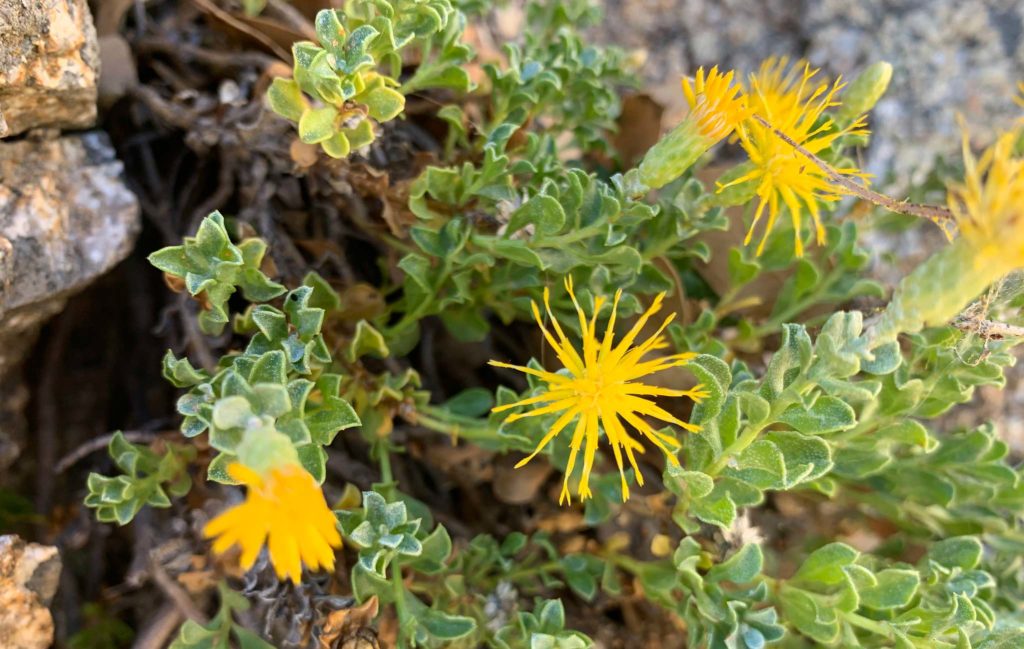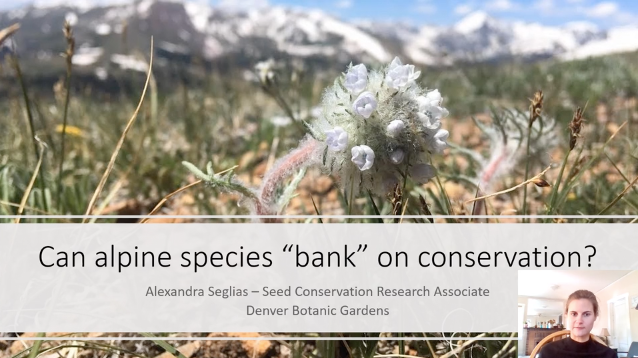
Alex Seglias, Denver Botanic Gardens Plant biodiversity is being lost at an accelerated rate. To conserve native plants, many institutions are turning towards ex situ conservation methods, such as storage in seed banks. However, not all seeds are able to survive in seed bank conditions or they may be short-lived. Alpine species in Italy and Australia […]
Read More…
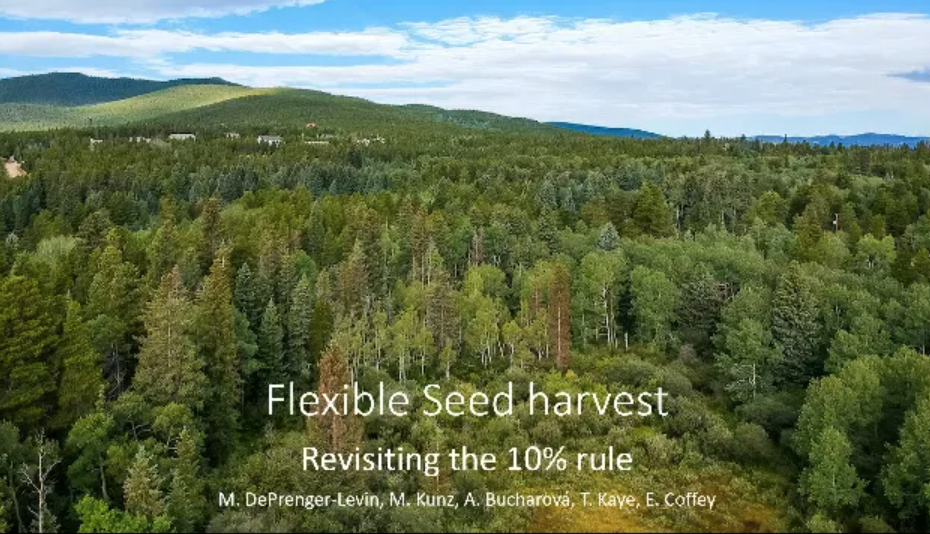
Seed collection is a vital conservation method used to ensure global food security by maintaining a source of genetic diversity in food crops and prevent the loss of biodiversity from natural or anthropogenic events that cause the extirpation of small populations. The Global Strategy for Plant Conservation facilitates global and national level plant conservation strategies […]
Read More…
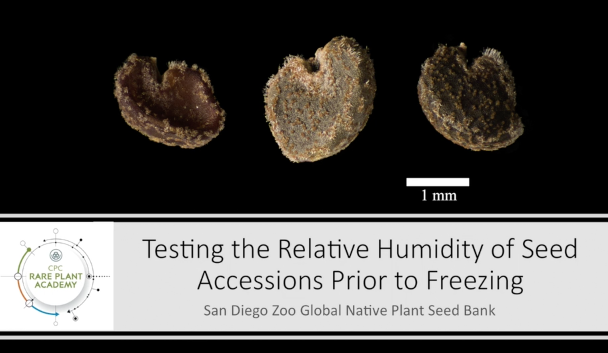
Authors: Stacy Anderson, Tobin Weatherson, Joe Davitt – San Diego Zoo Native Plant Seed Bank We are all taught in school that water expands when frozen. That’s why ice floats, sealed bottles explode in the freezer, and frost kills living tissues. All living cells are comprised largely of water and can rupture and die when […]
Read More…

Lisa Hill – National Laboratory for Genetic Resources Preservation (USDA-ARS) Drying seeds to appropriate relative humidity is the first step to long term seed storage. NLGRP and CPC recommend drying seeds to 25-35% relative humidity at room temperature. One way to acheive specific relative humidities is to use saturated salt solutions. Here, Lisa shows the […]
Read More…
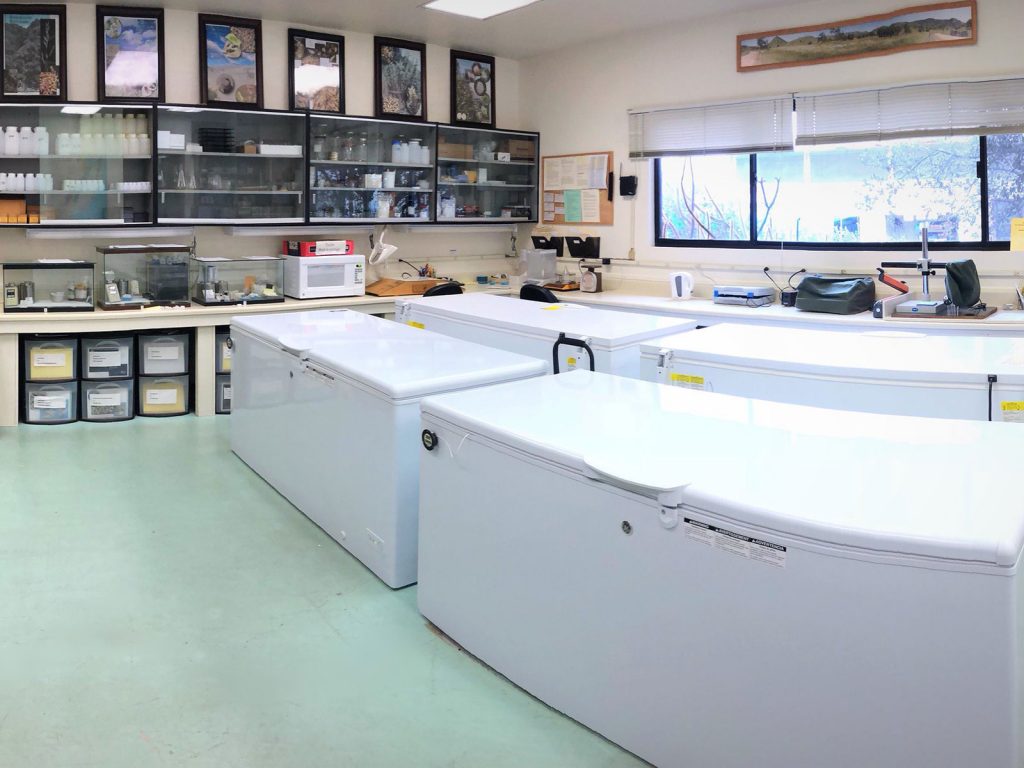
Rancho Santa Ana’s California Seed Bank is home to many of the collections, made by both RSA’s team and collaborating partners. […]
Read More…
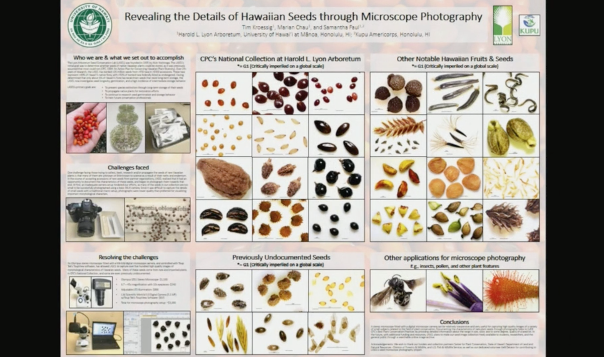
Tim Kroessig, Harold L. Lyon Arboretum The Hawaiian flora represents ~45% of all plants listed by the U.S. Fish and Wildlife Service as threatened or endangered. The Lyon Arboretum’s Seed Conservation Laboratory (Lyon S.C.L.) conserves many of these imperiled plants through conventional seed banking. However, the seeds of many rare Hawaiian plants have never been […]
Read More…
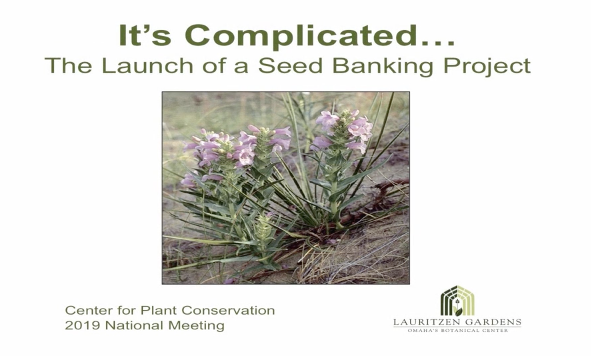
Jim Locklear, Lauritzen Gardens Blowout penstemon (Penstemon haydenii) is a critically imperiled (G1) plant listed as an endangered species by the USFWS. It is presently known from ten occurrences in the Nebraska Sandhills and three in the Ferris Dunes of Wyoming. This species is associated with areas of active wind erosion within a grassland matrix. […]
Read More…
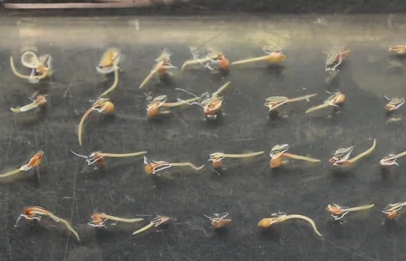
Germination Testing Program Cheryl Birker, Rancho Santa Ana Botanic Garden The California Seed Bank at Rancho Santa Ana Botanic Garden has a germination testing program to monitor the viability of its many conservation seed collections. Germination tests are conducted on all incoming seed collections before they are placed in freezer storage, and for all rare […]
Read More…

The Botanical Research Institute of Texas (BRIT) is in the process of constructing a seed conservation laboratory and seed bank. While BRIT has been active in conservation for decades and has partnered with regional seed banks to conserve rare species, BRIT has never had a dedicated seed laboratory on site. The goal of the BRIT […]
Read More…

Recently updated Best Plant Conservation Practices to Support Species Survival in the Wild detail guidelines for seed collection of rare plants. These include multiple aspects to consider in making seed collections regarding target species characteristics, collection timing, seed collection amount, population genetics and maintaining site quality. Here we outline seed collections for two species for […]
Read More…

Jennifer Ramp Neale, Denver Botanic Gardens Alpine plants are at risk of population decline and/or extinction due to climate change. Understanding these plants and the environments in which they survive and thrive involves a multi-tiered approach including in-situ and ex-situ efforts. At Denver Botanic Gardens we are working to collect and study seed of alpine […]
Read More…
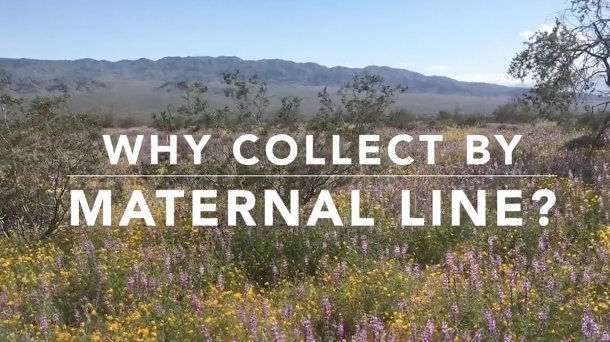
Conservation seed collections support species’ survival by acting as an insurance policy in the face of extinction. They can also provide resources for research, restoration and reintroduction. A high-quality conservation seed collection has both depth and breadth – capturing genetic diversity within and geographic diversity among populations. Collecting and storing seeds by maternal line (i.e., […]
Read More…
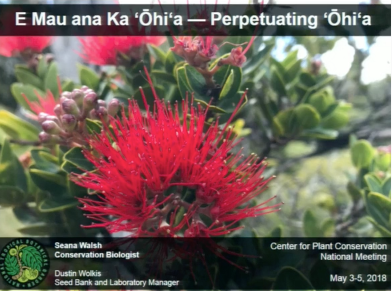
New fungal pathogens are threatening the most ecologically and culturally important native tree in Hawai‘i, ‘ōhi‘a (Metrosideros spp.).
[…]
Read More…
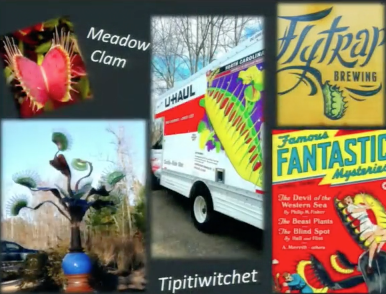
Johnny Randall and Michael Kunz (North Carolina Botanical Garden, University of North Carolina at Chapel Hill), and Jamie Winshell, Corbin D. Jones and Gregory P. Copenhaver (Department of Biology and Integrative Program for Biological & Genome Sciences,University of North Carolina at Chapel Hill) Venus’ flytrap (Dionaea muscipula) is the most widely recognized carnivorous plant, and […]
Read More…
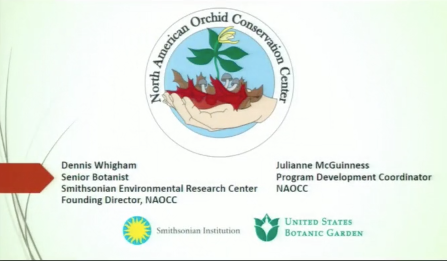
Dennis Whigham and Julianne McGuinness, North American Orchid Conservation Center The North American Orchid Conservation Center (NAOCC) was developed by the Smithsonian and the U.S. Botanic Garden to conserve the diversity of native orchids in the U.S. and Canada. NAOCC ecologically-based conservation model has three guiding principles: Preservation through seed and fungal banks, Propagation, Education. NAOCC […]
Read More…
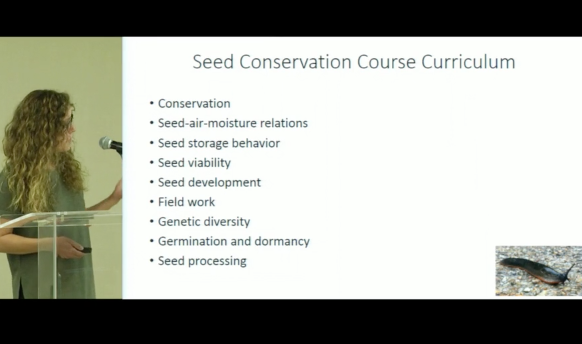
Heather Schneider, Santa Barbara Botanic Garden In the fall of 2017, Dr. Heather Schneider from the Santa Barbara Botanic Garden attended the Kew Millennium Seed Bank Partnership’s three-week Seed Conservation Techniques Training Course. The course brought together conservationists from all over the world to improve conservation seed banking practices used by MSB partners. The course […]
Read More…
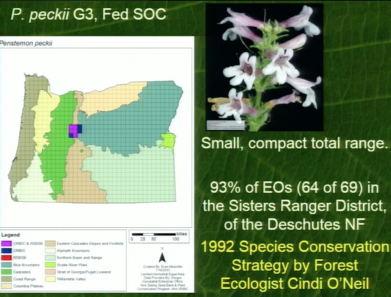
Ed Guerrant, Rae Selling Berry Seed Bank Penstemon peckii (G3-S3 Federal SOC) is an Oregon endemic with a relatively compact range in the semi-arid Ponderosa pine forest east of the Cascade Mountains. The vast majority of known populations (ca 93%) are almost entirely within the Sisters Ranger District of the Deschutes National Forest. A 1992 […]
Read More…



